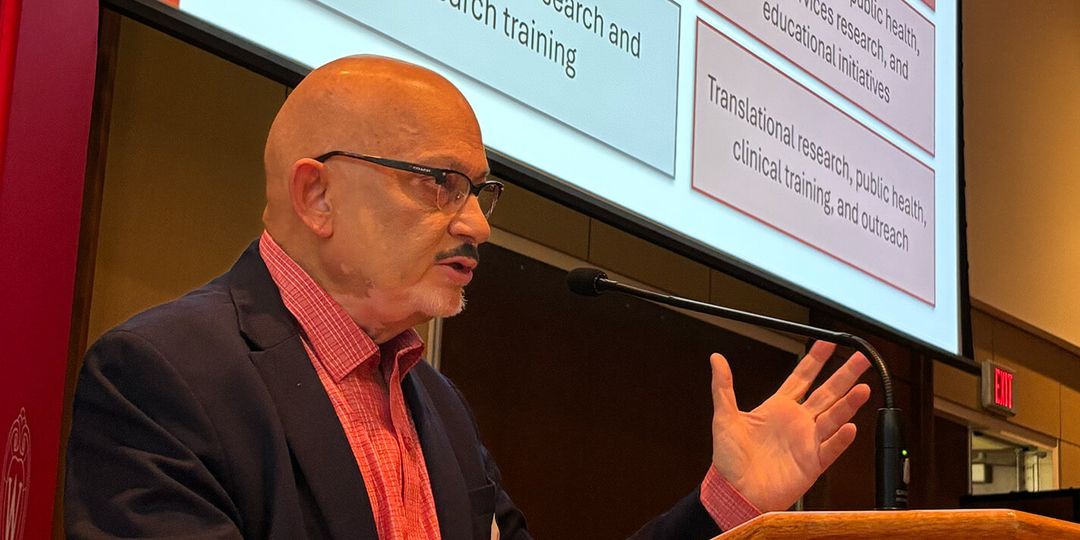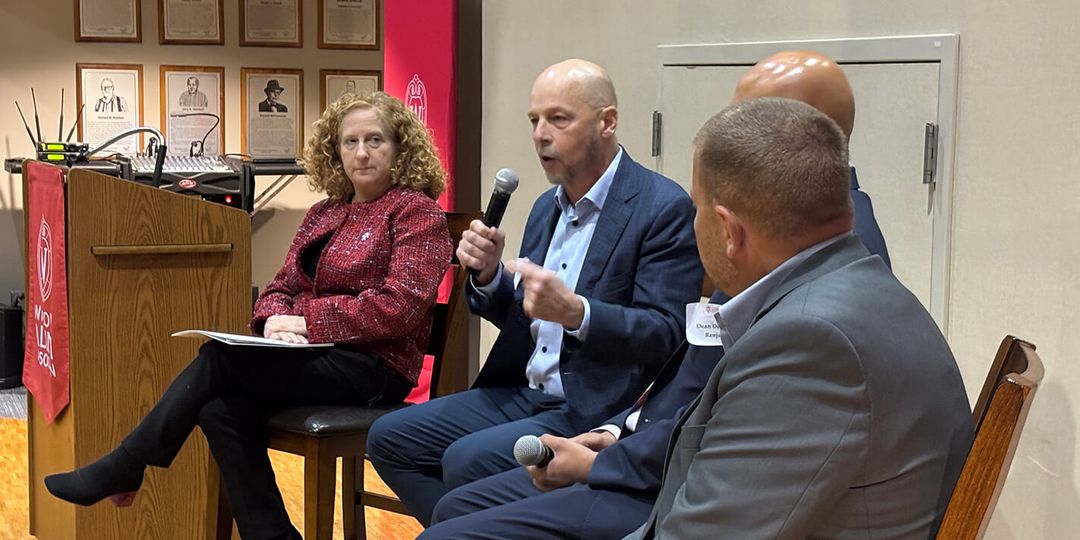The One Big Beautfiul Bill Act has passed, enacting sweeping cuts that threaten the foundation of America’s weather forecasting system. Nearly 40 percent of the funding for the National Oceanic and Atmospheric Administration (NOAA) and support for the agency’s Office of Atmospheric Research (OAR), the division responsible for national weather and climate research, has been eliminated.
NOAA and its 17 cooperative institutes — including UW–Madison’s Cooperative Institute for Meteorological Satellite Studies (CIMSS) — depend on federally funded research to convert data into vital, real-world applications. Since its founding in 1980, CIMSS has provided essential weather predictions and analysis, including real-time tracking of tropical storm systems, using satellite data and images. A 65% budget cut to NOAA threatens to eliminate its main funder, the Office of Oceanic and Atmospheric Research. CIMSS receives $14 million from OAR and could shut down if that funding disappears.
The changes to NOAA are already undermining the country’s forecasting capabilities at a time when they are more essential than ever. The 2025 Atlantic hurricane season (which runs from June 1 to November 30) is expected to be especially active, while climate change is fueling more frequent and intense weather events across the country. Devastation has already struck parts of the southern U.S., where catastrophic flash floods in Texas killed more than 100 people and left thousands displaced, highlighting the continued need for accurate forecasting and emergency response systems.
The funding reductions will impact the UW’s wide variety of weather-related resources, including:
- The Wisconsin State Climatology Office runs WiscoNet, a statewide network for weather data. It has information for farmers, who are increasingly concerned about the climate, but it also offers practical advice for everyone else, such as when to plant your garden.
- The UW’s Department of Atmospheric and Oceanic Sciences has all sorts of weather forecast models, including an animated worldwide temperature prediction.
- The UW’s Space Sciences and Engineering Center supports an array of weather tools, and it also offers an explanation for what a variety of high-tech weather instruments do.
- Ankur Desai’s CHEESEHEAD19 project is gathering weather data from all around the state.
The weather may be the subject of small talk most of the time, but occasionally — when it comes to predicting storms, tracking wildfires, or directing air traffic — weather can be a matter of life and death. Thanks to federally funded research, UW–Madison helped NOAA do all those things better, but their progress is now at risk.
Photo by Jeff Miller, University of Wisconsin–Madison.









